Sony Xperia X vs Apple iPhone 6s
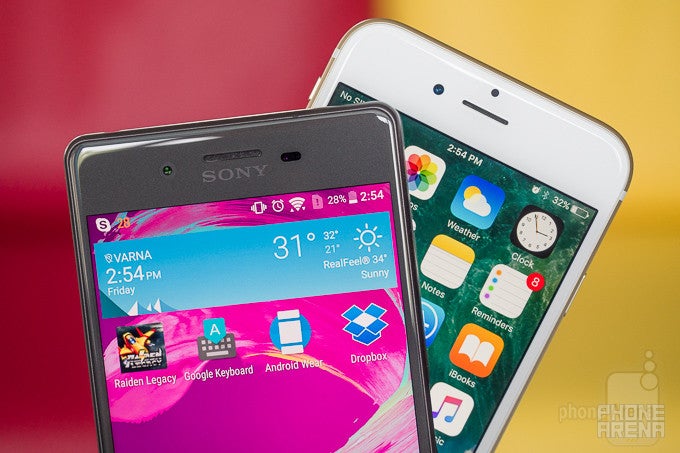
Introduction
Sony introduced a new portfolio of phones earlier this year, aiming to take a new direction from the aging Z-series. The Xperia X sits right smack in the middle of the new X-line in terms of specs, but not in price, so on paper it's not really the value-for-money proposition.
The phone does sport the new design wrapping, and the new autofocus tech from Sony, but at the same time it costs just a Benjamin less than the more popular iPhone 6s choice.
What does the Xperia X have to offer against Apple's finest? Read on to find out, as we are clashing it with the venerable iPhone...
Design
Both flaunt scraggly screen-to-body ratio, but the Xperia feels like a plumpy slab compared to the thin and light unibody of the iPhone.
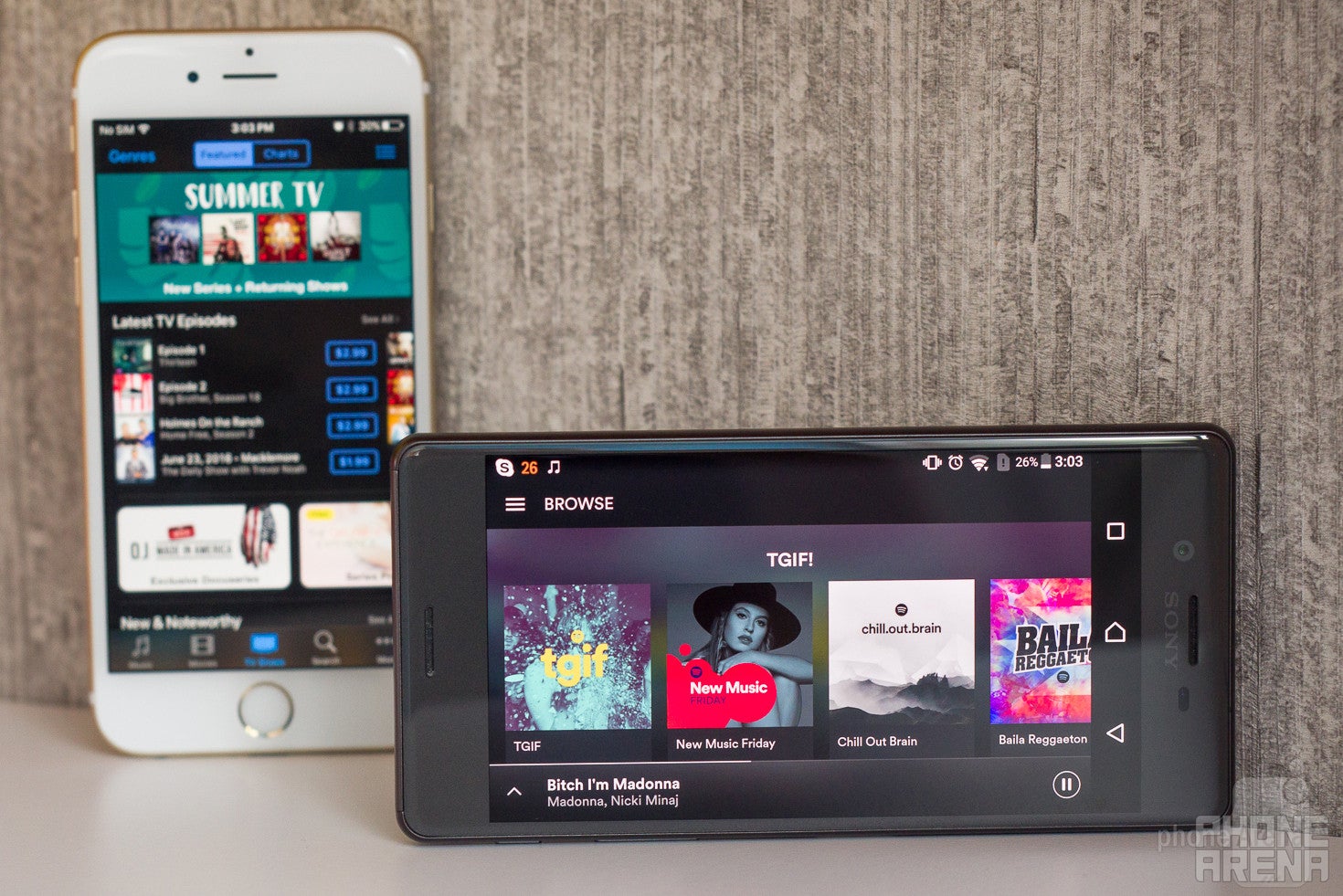
With the Xperia X, Sony doesn't gulp the new metal chassis trend hook, line and sinker. Granted, the phone does sport a solid metal rim, but the back is made of plastic painted in the same color, while the iPhone 6s flaunts an entirely metal unibody that is still slimmer and lighter than the Xperia X. It is also more manageable in the hand, and not only because of the slightly smaller screen diagonal, but also due to the fact that the Sony phone feels like a thick, heavy slab in comparison.
Looking around the sides of the US model, we find out with a disappointment that the Xperia X doesn't have Sony's now-signature finger scanner that doubles as a power/lock key. International versions have it, but there are various theories as to why Sony is omitting a finger scanner in the US, which puts the Xperia X at a disadvantage in our comparison – not only does the 6s sport one in the home key, but it is also very quick and is linked to the Apple Pay authorization system.
In addition, the volume rocker and power key on the Xperia are a tad shallow in terms of tactile feedback, compared to the iPhone's, and their placement is uncomfortable. Well, at least Sony's phone has a dedicated camera shutter key, which allows you to take photos directly from a locked screen, which is neat. It also sports an LED notification light for missed calls, messages and other events, which is a small advantage over the iPhone.
Display
Rejoice, gaudy cold colors, you are no longer confined to OLED displays, as the Xperia X has you!
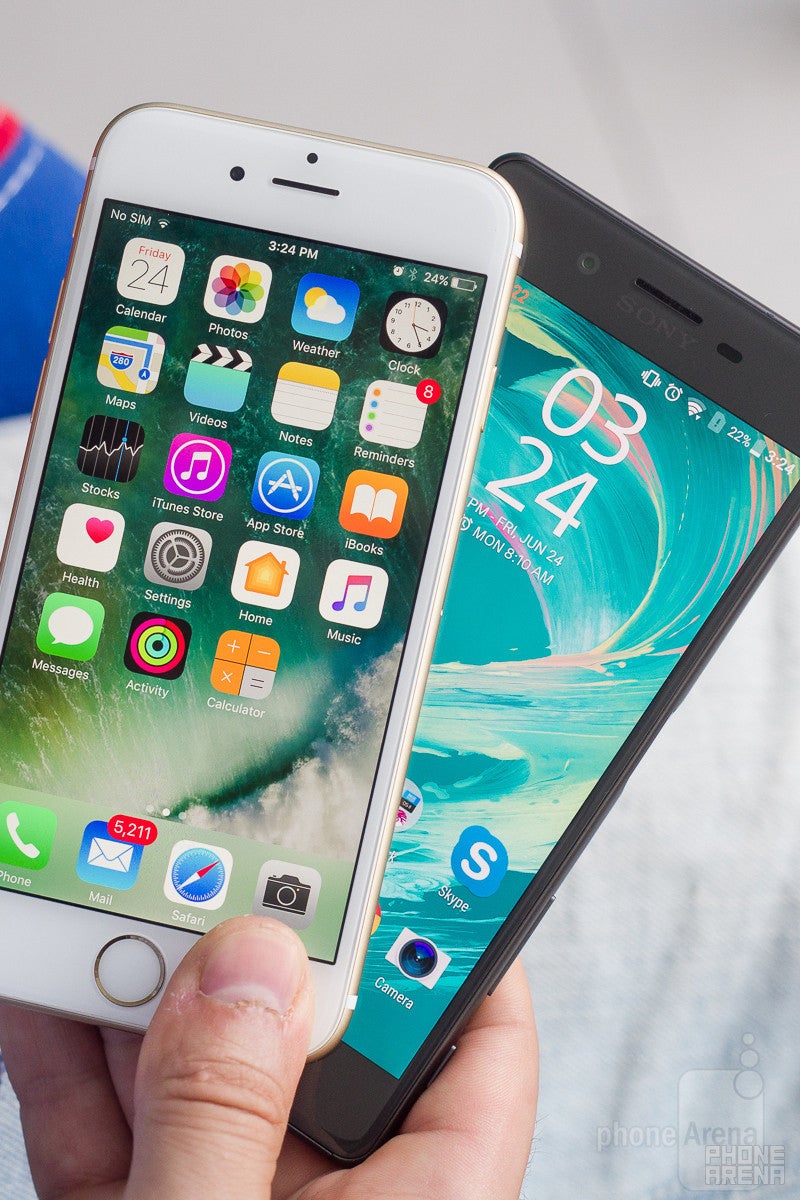
As per screen quality, the iPhone 6s has an almost spot-on color temperature and saturation, referenced to the standard sRGB gamut, while Xperia X exhibits pretty cold and gaudy colors, as if it is equipped with an OLED display. Sony does give three screen modes to choose from, but even the most toned down one boosts the greens and reds way over the standard gamut boundaries.
Sony had the same thing going on the Z5 trio, and with them the explanation for this type of calibration was that people perceive cold colors as brighter. At 538 nits, however, the Xperia X is not brighter than the iPhone 6s, let alone than the Z5 with its nearly 700 nits. Quibbles on peak brightness levels aside, the Xperia X does sport low screen reflections, too, and has very good outdoor visibility, even a tad better than the iPhone.
As a big advantage of the iPhone 6s panel we now have to point out its 3D Touch display tech that can distinguish between a light tap and a harder press, and react accordingly in both stock apps, as well as compatible third-party ones. In iOS 10, the use of 3D Touch is greatly expanded, too, with full-scale widget previews popping up over icons that carry actionable info – so much so, that often you don't even have to go into the app, as all you needed it for is a harder press away.
Sony is one of the few phone makers that has hardwired a double tap for both waking the phone and locking the display, but still this extra feature can't measure up to the abilities 3D Touch brings. Moreover, iOS 10 carries the Raise to Wake option that lights up the iPhone's screen the second you tilt it towards your eyes – a more elegant and effortless solution than double tapping.
Interface
Sony is known for its light touch when it comes to skinning Android, and the Marshmallow build running on the Xperia X changes none of that. It's still a friendly and ultimately understated execution, with a bit of a new paint brushed over the iconography. A new twist is swiping down on an empty screen area to search for and display favorite apps, but we'd rather have this gesture bring down the notification bar, instead of stretching all the way up each time we want to preview a message, or toggle a switch.
Apple, too, tends to strive for sense and simplicity when designing its products, and that applies to the iPhone UI experience as well. The iOS 9.x edition that is currently running on the iPhone 6s is clean, streamlined, and easy to get the hang of. Besides, it serves as a gateway to a vast, quality-driven library of games and applications. The 3D Touch functionality of the screen adds a brand new layer for interaction with the information on your phone, too, especially with iOS 10.
Processor and memory
Midrange graphics on the Xperia X are no match for the screeching Apple A9 performance
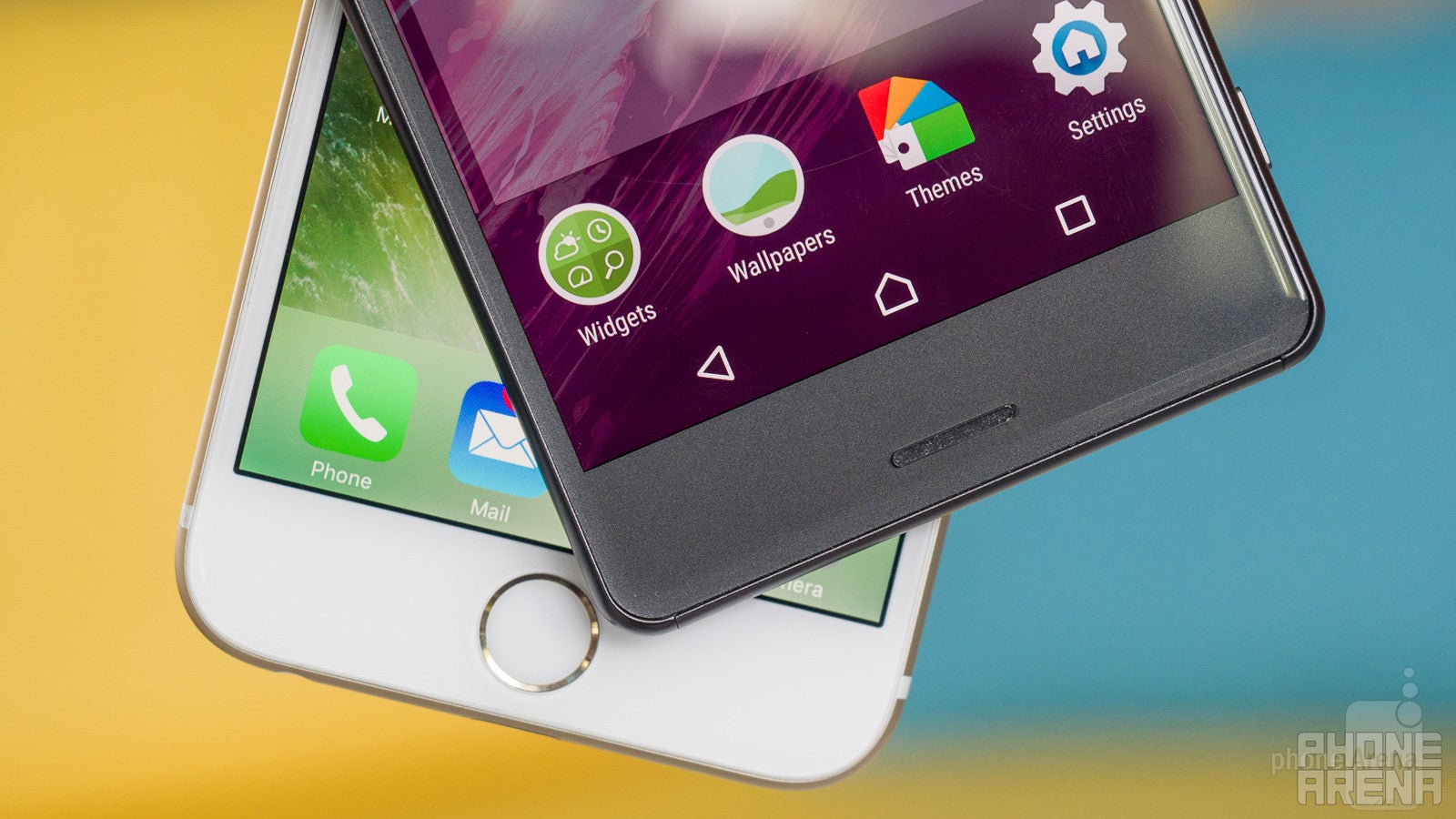
Sony put a hexacore Snapdragon 650 in the Xperia X, which places it firmly in the midrange category. The processors ticking inside the Xperia and the iPhone 6s are rather different in terms of architecture and workload they deal with, so direct comparison won't be very useful. Still, the Apple A9 chip is the more powerful and efficient one on a clock-for-clock basis, while the latest games might give the Xperia X's graphics a pause.
With 3GB of RAM, Xperia X is par for the course in the world of Android upper midrange, and we didn't notice much lag in app loading times or multitasking, but the same can be said for the iPhone 6s even though it has much less RAM to work with.
There are 32 or 64 GB storage models of the Xperia X, plus support for microSD cards of up to 200GB. The iPhone 6s does not support expandable storage, as it comes with 16, 64, or 128 gigs on board, depending on the price tier.
Internet and connectivity
Sony went with Android's default Chrome browser, and we can't blame it, as Google is constantly working to improve Chrome, plus having just a single browser simplifies things, while you can always get a third-party one.
As for connectivity – well, the handsets are loaded with 4G network compatibility and support for most Wi-Fi, Bluetooh, GPS or NFC wireless radio standards under the sun. The iPhone supports a record number of LTE bands, so it can take advantage of maximum data speeds in more locations around the world.
Sony supports both DLNA and Miracast streaming, while Apple relies on its AirPlay standard for sending media off to the big screen wirelessly
As for wired connectivity, Apple uses its proprietary side-agnostic Lightning cable, while the Xperia X is equipped with a standard microUSB port.
Camera
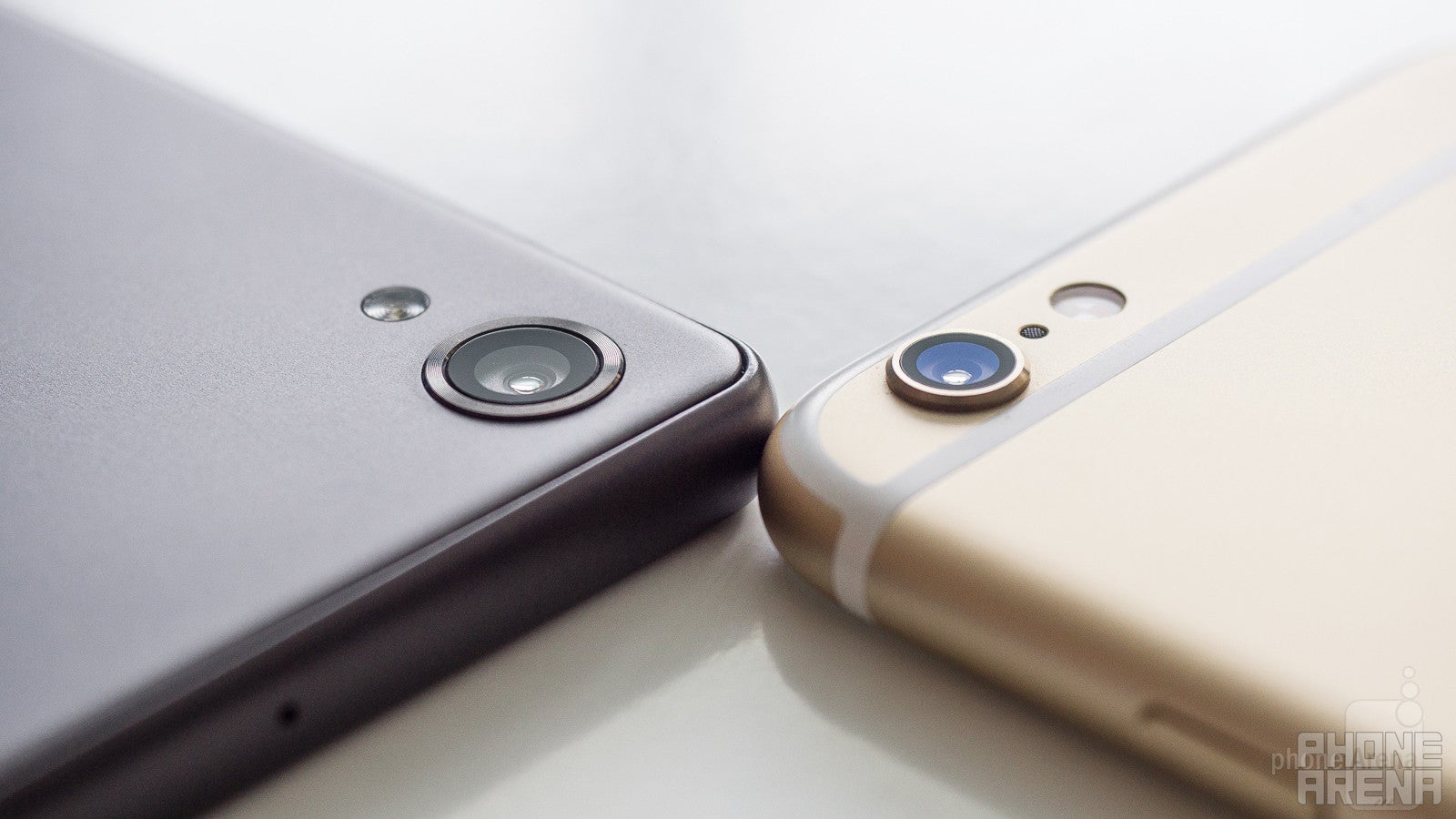
The Xperia X has a homemade, 23 MP 1/2.3" sensor with 1.12 micron pixels. It has an aspect ratio of 4:3, and the lens carry an f/2.0 aperture, so at least on paper we wouldn't expect wonders from such a setup. To help with focus performance, the Sony Alpha team ensured the X offers its Predictive Hybrid Autofocus tech for quicker locks. Up front, we've got a very generous, 13-megapixel Exmor RS sensor with wide, f/2.0 lens. The camera can be launched with the dedicated two-stage shutter key on the side, which comes in handy for quick snaps.
On the software side, we're treated to an experience identical to that with the Xperia Z5. The camera app is more minimalist than before, and offers easy and quick operation. The specialized modes that are included out of the box are Face in picture, Style Portrait (various filters and effects), and Timeshift video (slow motion), while extra shooting regimes can be downloaded through the camera app.

The iPhone 6s has a 12-megapixel shooter with a smaller, 1/3" sensor, but bigger, 1.22 micron pixels. The lens carry an f/2.2 aperture, and there excellent digital image stabilization. The clean, unobtrusive interface sports all the staples, like HDR shots or Panorama, as well as Apple's venerable Live Photos, aka GIFs with sound.
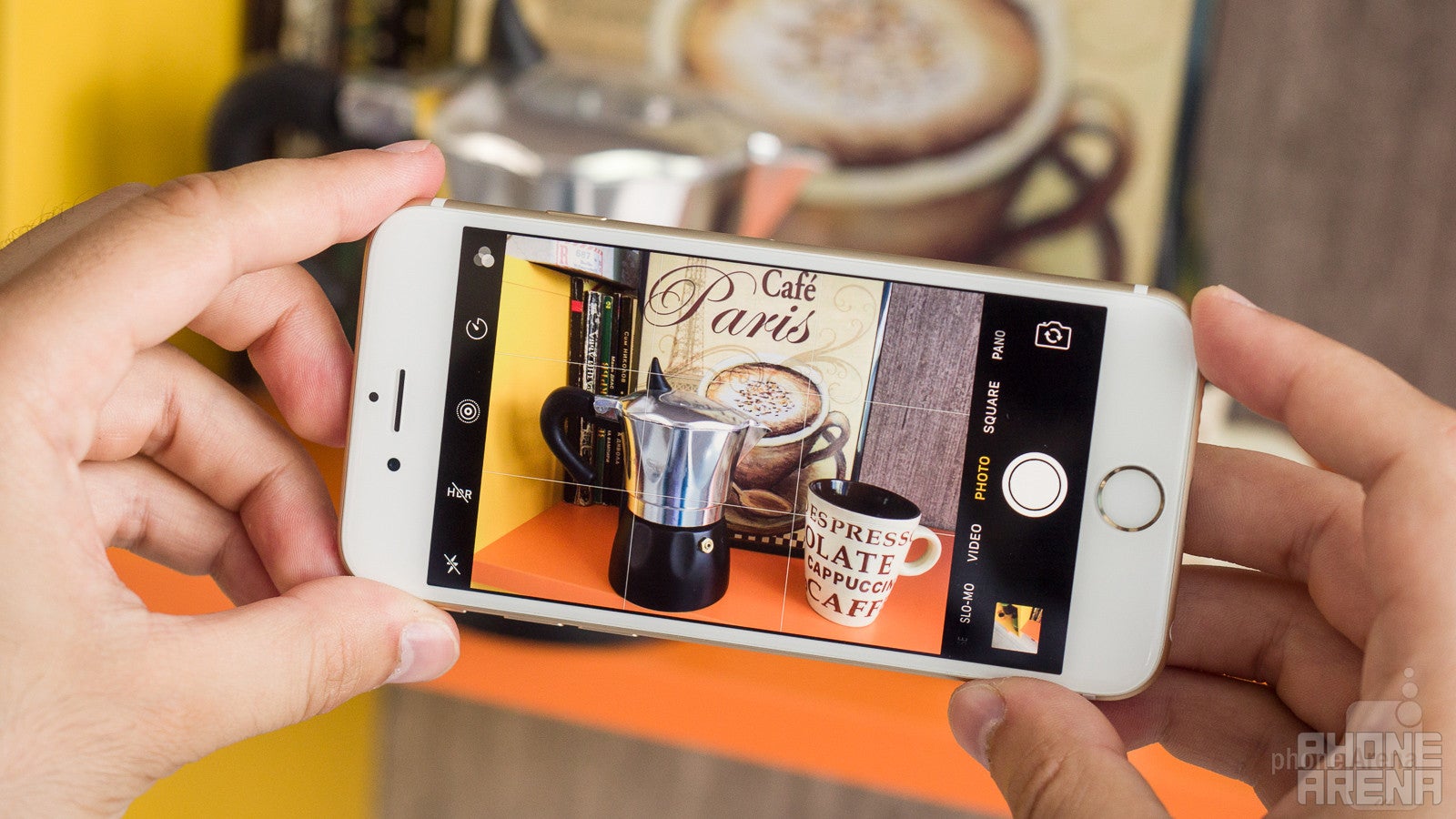
When it comes to quality, the iPhone tends to deliver warmer colors than needed, while the Xperia X goes a tad colder than reality, but not to the same extent as the iPhone, whose snaps often appear yellowish. Most people prefer the warm side of the spectrum, but we'd rather have spot-on, credible colors that are closest to what's in front of the lens. When it comes to detail resolution, the iPhone has the upper hand, as the images from the Xperia are sometimes softish and lacking definition in comparison. As for exposition and dynamic range, the Sony phone tends to snap photos that are a step brighter than the iPhone's, sometimes resulting in blown-up highlights and overexposure, while the 6s usually nails even the hardest dynamic range scenarios.
Indoors and at night, the Xperia X's tendency to overexpose the shot is the biggest reason for the iPhone's photos to look better in comparison. Light sources get overblown, detail gets smeared despite the “noisy” ISO levels, and overall a night shot looks as if it's taken at dusk on the Sony phone. Indoors, brighter objects shine too much, losing any visible detail in the process, just look at the flower vases, or the white shelves.
All in all, the X sports a run-of-the-mill camera, while the iPhone has an excellent one. The camera on the Xperia X does have some advantages over the iPhone 6s, however. For instance, it has a much wider field of view (which isn't necessarily an advantage, but in some cases, it can be), allowing it to see more of the scene from the same distance – both horizontally and vertically. This could be of use when taking photos of picturesque sceneries or in tight spaces. As for the Predictive Hybrid AF on the Xperia X – well, both phones are extremely snappy to focus and take a shot, but as you can see from our Camspeed test, the iPhone is still faster to point and shoot.
In terms of video, the iPhone has the upper hand with the ability to record 4K footage and slow motion at 240fps. The Xperia X harbors the ability to only shoot in 1080p with 60fps maximum. Still, if you don't need the higher resolution, both handsets manage to capture excellent clips in almost all situations, with credible colors, good dynamic range, and quick exposure adjustments while panning around.
However, it's in video that the new Predictive Hybrid AF system on the Xperia X really shines with almost instantaneous continuous autofocus. The phone swaps focus back and forth without pause, almost right up there with the rapid Dual Pixel focus on the Galaxy S7. When it comes to sound recording, the handsets are about average, certainly nothing to declare here.
We do have an axe to grind with the Sony phone, though, and it is that it heats up pretty fast when recording 60fps video on a hot summer day, and gives a rising temperature warning. We can understand this phenomenon if we had a Snapdragon 810 inside, and were trying to capture 4K footage, but 1080p and a midrange chipset? This can easily lead us to the thought that Sony's thermal management is not up to par on the Xperia X, while the iPhone had no such issues in the same strenuous conditions.
Multimedia
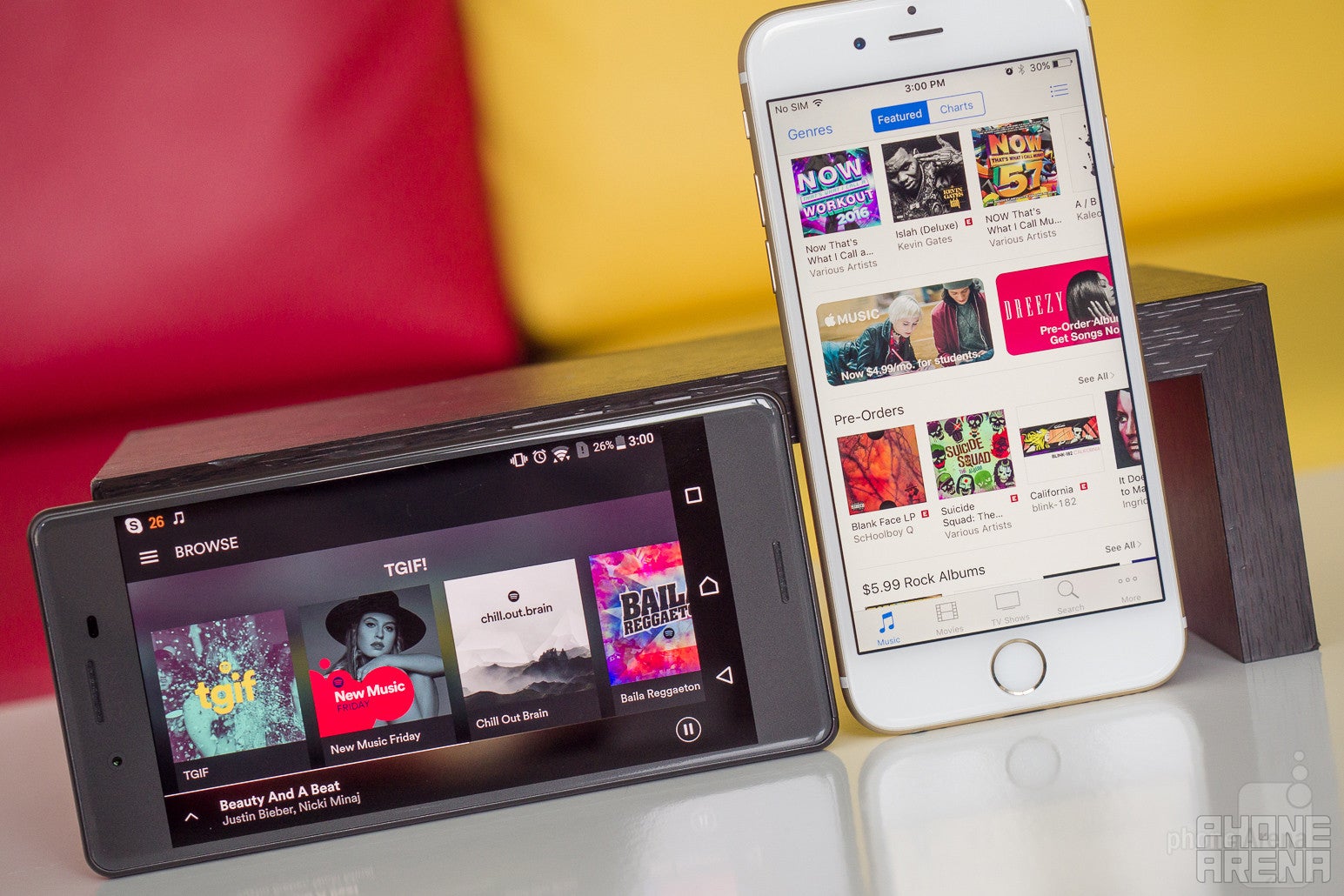
Sony offers the stock Google Photos gallery, which has a bunch of editing features, as well as cloud storage with auto-sync. That same syncing connection sometimes makes the gallery take forever to load if you are on a slower connection, if you have turned it off. Apple's iPhone offers a variety of top-notch editing options, both for pictures and video, which work like a charm.
When it comes to video playback, Sony fires up its own player, which has rich playback and editing options built in, while the iPhone's video playback is somewhat limited in the number of formats and features it covers.
In audio playback software, we'd call it a draw, as Sony has the excellent Xperia music player to rely on. Granted, it is not as integrated in the UI as Apple's Music streamer, but it offers more equalizer and audio quality settings to play with. As for the audio quality – Sony dropped the front-facing speakers it had on the Z-line, relying on a single speaker like the iPhone. The iPhone 6s' speaker manages to output the more solid sound overall – deeper and clearer.
Call quality

The earpiece of the Xperia X does a good job, transmitting fairly clear (if slightly hissy) voices and offering satisfactory volume. The mic, on the other hand, is a bit subdued.
The iPhone has never been known to be the best of the best when it comes to call quality, but for the most part, it does well in handling conversations, with acceptable performance through its earpiece. Voices come in a relatively natural and dynamic way, so we don't have complaints in this regard. The microphone does a similarly good job at transferring our voice to our callers, with a mostly clean and defined sound quality.
Battery
Sony touts two-day battery again, and with nearly 9 hours screen-on time in our test, the Xperia X is bound to deliver.
Partnering with Qnovo to offer supposedly superior adaptive charging that will allow the 2,620 mAh battery inside the Xperia X to last and stay healthy for longer, Sony claims up to two days of battery life, as usual with its Android phones lately, and while two-day battery life may indeed be possible with a more conservative usage scenario, we think going for a day and a half seems more realistic. On our test, the Xperia X
scored 8 hours and 46 minutes of screen-on time. The iPhone 6s' 1715 mAh pack, on the other hand, managed to last 8 hours and 15 minutes on our test, and it also took a bit longer (150 minutes vs 140 minutes) to be recharged. Overall, both handsets tend to deliver comparable amounts of juice before calling it quits, though your mileage may vary depending on your usage type.
Conclusion
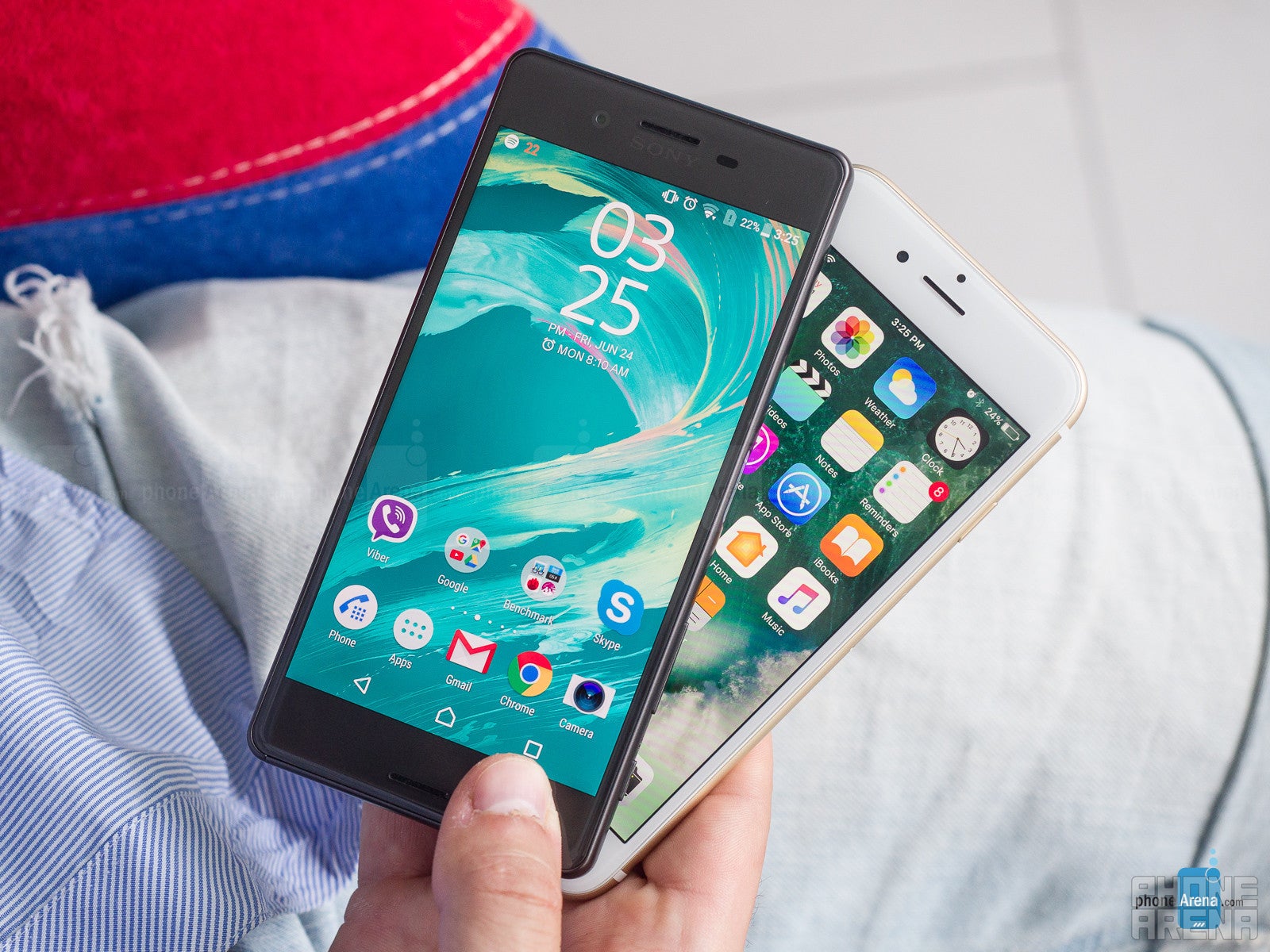
The Xperia X is a decent phone with a stylish appearance. However, the iPhone 6s is a superb phone that's also stylish. And with the current pricing schemes employed by the two manufacturers, there really doesn't seem to be that much actual competition going on here. Apple's proposition comes across as the much better one, all things considered.
Sony Xperia X
Pros
- Very fast continuous autofocus in video footage
- Starts at 32 GB of storage
- About $100 cheaper
Apple iPhone 6s
Pros
- Great all-around camera
- Rich and quality app ecosystem
- Thin and light chassis
- Considerably better screen
- Faster performance all-around

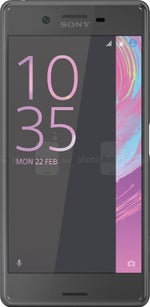
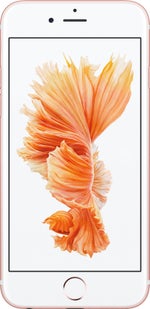
























Things that are NOT allowed: